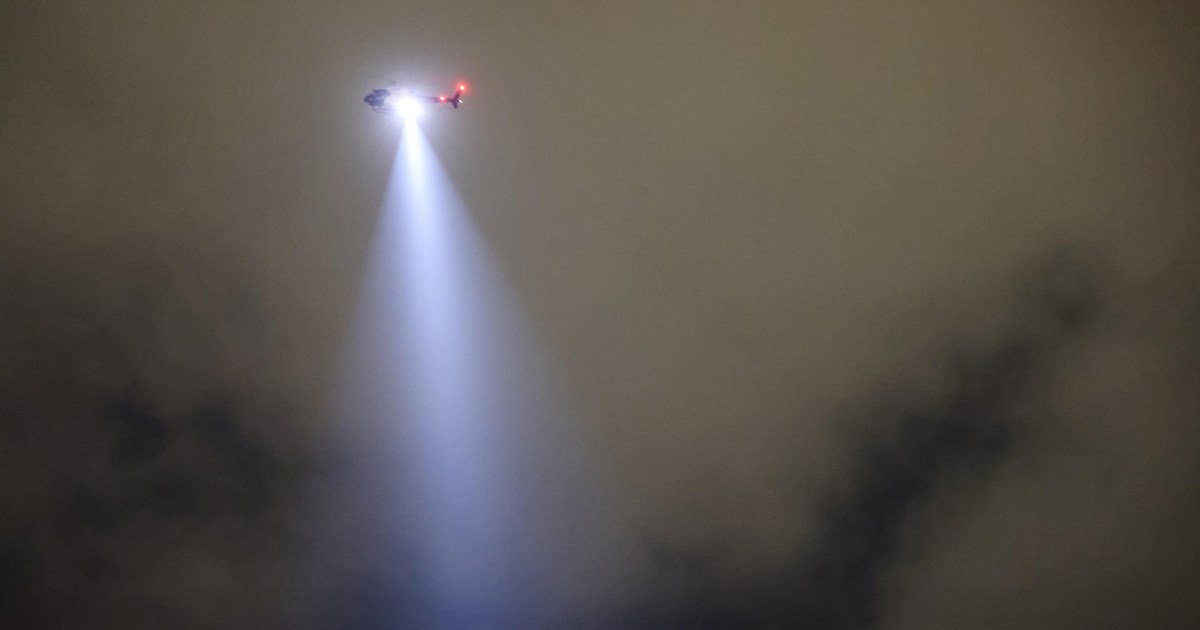Cool…
This one goes out to all the small government, privacy loving, Republicans out there, supposedly hating invasive big brother tactics and representing the values of the American heartland.
Would be much appreciated if you could have a word with your people about this.



This is plainly false.
The error stack-up from the imprecision of a phone’s MEMS sensors would make positioning basically impossible after a couple of dozen feet, let alone after hours of walking around.
There are experimental inertial navigation systems that can do what you describe, but they use ultra sensitive magnetometers to detect tiny changes in the behavior of laser suspended ultra cold gas clouds that are only a few hundred atoms large. That is not inside your phone.
You seem to know a lot about this. I’m just generally fascinated by this method of tracking. Would the sensors ever become accurate enough in the future? Or is there a limit to their accuracy due to physics with a small sensor?
It will always be a matter of “for how long?”. Location from integrated acceleration is what we call a stiff problem. Meaning that any error is compounded as you continue to integrate (slight over simplification, but good enough for the point). There will never be a sensor that has zero error, so it’s just a question of how much integration you can do before the errors make the results unusable.